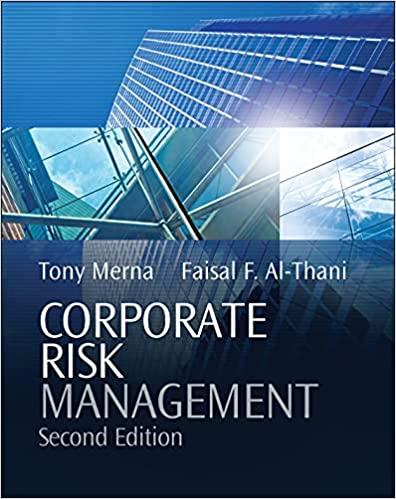Answered step by step
Verified Expert Solution
Question
1 Approved Answer
NO HANDWRITING PLZ! Consider a fictional new drug for carpal tunnel syndrome called PADPn1. a. Suppose demand for the new drug is QD=1000P, where P

NO HANDWRITING PLZ!
Consider a fictional new drug for carpal tunnel syndrome called PADPn1. a. Suppose demand for the new drug is QD=1000P, where P is the price that the monopolistic firm sets. What price will the firm choose to maximize profits if marginal revenue is given by MR =10002Q ? Assume throughout that the marginal cost of producing the drug is zero. b. Assume that the company, if it follows your pricing strategy, will earn PQ in profits every year while it still holds a patent and can price like a monopolist. After the patent expires, generic versions of PADPn1 will flood the market and it will earn no more profits. If the company has to invest $2.5 million in Year 0 to discover the drug, would a 17-year monopoly (from t=1 through t=17 ) be long enough for the firm to invest in researching the drug? Assume a discount rate r=0.05. c. Suppose the government implements price controls, such that the maximum price the firm would be able to charge for PADPn1 is $250. Under these price controls, will it be worthwhile for the firm to develop the drug? d. Suppose that PADPn1 was already in existence before the price controls were implemented. Graphically show how much extra consumer surplus there is in a given year due to the price controls, as compared to the unrestrained monopoly pricing regime. Consider a fictional new drug for carpal tunnel syndrome called PADPn1. a. Suppose demand for the new drug is QD=1000P, where P is the price that the monopolistic firm sets. What price will the firm choose to maximize profits if marginal revenue is given by MR =10002Q ? Assume throughout that the marginal cost of producing the drug is zero. b. Assume that the company, if it follows your pricing strategy, will earn PQ in profits every year while it still holds a patent and can price like a monopolist. After the patent expires, generic versions of PADPn1 will flood the market and it will earn no more profits. If the company has to invest $2.5 million in Year 0 to discover the drug, would a 17-year monopoly (from t=1 through t=17 ) be long enough for the firm to invest in researching the drug? Assume a discount rate r=0.05. c. Suppose the government implements price controls, such that the maximum price the firm would be able to charge for PADPn1 is $250. Under these price controls, will it be worthwhile for the firm to develop the drug? d. Suppose that PADPn1 was already in existence before the price controls were implemented. Graphically show how much extra consumer surplus there is in a given year due to the price controls, as compared to the unrestrained monopoly pricing regimeStep by Step Solution
There are 3 Steps involved in it
Step: 1

Get Instant Access to Expert-Tailored Solutions
See step-by-step solutions with expert insights and AI powered tools for academic success
Step: 2

Step: 3

Ace Your Homework with AI
Get the answers you need in no time with our AI-driven, step-by-step assistance
Get Started


